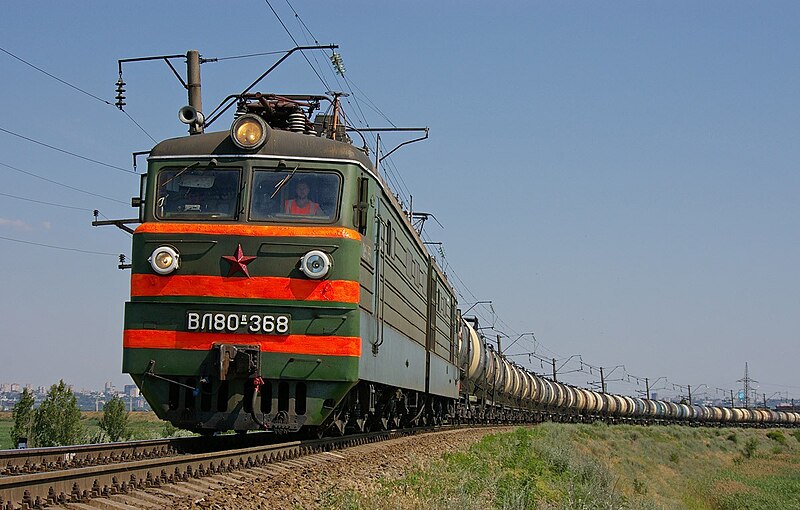They’re nowhere near the top if you relate it to size though (and also next to none of it is electrified, which is a pretty good indicator of it being mostly old - after all, rail is what even allowrd the country to be built).
I object to electrification being used to judge a country’s railway age and quality. A lot of countries transition into electric trains over a century ago especially in Europe and surprisingly the US. I could talk for hours about the US’s history with electric trains and how short sided business practices combined with the government’s attempt to sorta nationalize the rail industry crippled it’s electrification progress. Not to get too far off topic though there’s only three metrics you can really grade the quality and age of a nation’s rail infrastructure with. That is size, volume, and average speed. In my opinion though avarage speed is the best indicator for a country’s railway age and quality because it gets rid of a lot of the problems other definitions bring up. For example both of the internationally recognized definitions for high speed rail uses a different speed depending if the line was new (155mph) or upgraded (125mph). This causes all sorts of issues because under those definitions Amtrak’s northeast regional train counts as high speed rail as it runs on an upgraded line with a top speed of 125mph even though the northeast corridor has an average speed of 86mph.
Americans will literally do anything except build trains
4 kms across the ocean:
now that we have this river across the whole country, we can finally introduce swimming cars!
You mean plastic bubbles?
or normal cars in bubble wrap… see we’re already brainstorming like it’s a Tesla project
Oh no
You can create this strait and then have a train which runs along it, like the train from Spirited Away
What if we made some sort of floating train?
You know that the United States has the largest railway in the world right? Like not even by a small amount too…
They’re nowhere near the top if you relate it to size though (and also next to none of it is electrified, which is a pretty good indicator of it being mostly old - after all, rail is what even allowrd the country to be built).
But also it’s a joke
I object to electrification being used to judge a country’s railway age and quality. A lot of countries transition into electric trains over a century ago especially in Europe and surprisingly the US. I could talk for hours about the US’s history with electric trains and how short sided business practices combined with the government’s attempt to sorta nationalize the rail industry crippled it’s electrification progress. Not to get too far off topic though there’s only three metrics you can really grade the quality and age of a nation’s rail infrastructure with. That is size, volume, and average speed. In my opinion though avarage speed is the best indicator for a country’s railway age and quality because it gets rid of a lot of the problems other definitions bring up. For example both of the internationally recognized definitions for high speed rail uses a different speed depending if the line was new (155mph) or upgraded (125mph). This causes all sorts of issues because under those definitions Amtrak’s northeast regional train counts as high speed rail as it runs on an upgraded line with a top speed of 125mph even though the northeast corridor has an average speed of 86mph.